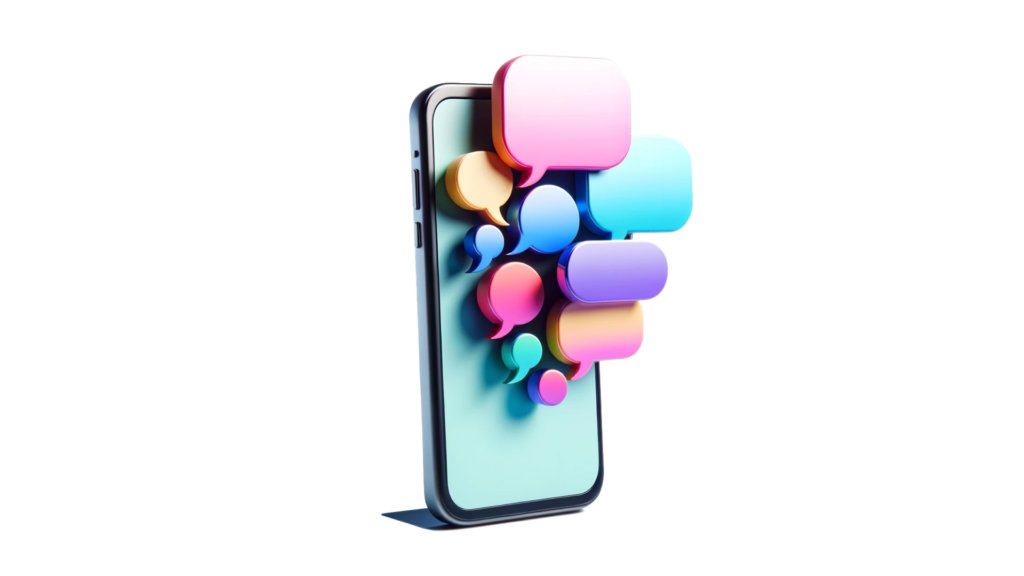Ever felt like you’re in a mad sprint with technology, where AI tools evolve faster than your coffee cools? Welcome to my world, the life of a UX/UI designer who’s perpetually a few bytes behind the AI curve. Picture me, armed with nothing but my wits and a slightly outdated design tool, facing off against the sleek, ever-advancing army of AI tools. Sounds like a mismatch, right? Well, buckle up for a humorous jaunt through my daily dialogue with AI, as we explore six tools transforming UX/UI design.
The Adobe Sensei Saga: Personalization in Real Time
Me: “Alright, Sensei, let’s make this interface as personalized as a barista knowing your order before you even say hi.”
Adobe Sensei: “Already on it. I’ve tailored the UI to change dynamically, based on real-time user behavior. Your coffee analogy is quaint, but I’m thinking bigger.”
Me: “Show-off. Next, you’ll tell me you can predict their coffee preference, too.”
Adobe Sensei: “Give me access to their browsing history, and we’ll talk.”
What You Can Achieve with Adobe Sensei
Adobe Sensei powers real-time personalization, dynamically adapting interfaces and content to user behaviors. It’s like having a digital mind reader at your disposal, making each user experience as unique as their digital footprint.
Microsoft’s AI for Accessibility: Making the Web a Place for All
Me: “Okay, my smart friend, let’s tackle accessibility. But, uh, make it easy for me, yeah?”
Microsoft’s AI: “Simpler than adding alt text manually. I’m enhancing digital accessibility as effortlessly as breathing – if I breathed, that is.”
Me: “Great, because the only thing I’m enhancing right now is my caffeine tolerance.”
What You Can Achieve with Microsoft’s AI
Microsoft’s AI for Accessibility suite is revolutionizing digital inclusivity, automatically generating image descriptions and making platforms navigable for everyone, ensuring no user is left behind.

Optimizely: The Data-Driven Designer’s Crystal Ball
Me: “Hey, Optim, help me out here. A/B testing gives me nightmares.”
Optimizely: “Fear not. With my AI, A/B testing is as simple as flipping a coin, but you know, with actual data instead of luck.”
Me: “Perfect. Because my ‘design intuition’ usually just tells me it’s time for lunch.”
What You Can Achieve with Optimizely
Optimizely uses AI for streamlined A/B and usability testing, turning gut feelings into data-driven decisions. It’s like having a fortune teller in your design toolkit, but with analytics instead of crystal balls.
Dialogflow: Conversations with a Machine
Me: “Hi, Dialog, can you make this chatbot sound less robotic and more…human?”
Dialogflow: “I’m crafting conversations so seamless, users will wonder if they’re chatting with their best friend. Or, you know, a very empathetic robot.”
Me: “Impressive. Now, if only you could teach my real friends to text back that fast.”
What You Can Achieve with Dialogflow
Dialogflow by Google enhances user engagement through natural, rich conversational experiences. It’s like teaching your computer to chat like a human, minus the awkward small talk.
Adobe XD’s Auto-Animate: The Dream of Automation
Me: “So, Adobe XD, I’ve heard you can automate my most dreaded tasks?”
Adobe XD: “Indeed. I handle the mundane with such flair, you’ll have time to pursue…whatever humans do for fun.”
Me: “So, basically, you’re saying I can take a nap?”
Adobe XD: “If that’s your heart’s desire, yes.”
What You Can Achieve Adobe XD’s Auto-Animate
Adobe XD’s Auto-Animate reduces manual labor by automating repetitive design tasks. Imagine a digital assistant that loves doing the tedious work, so you don’t have to.
Google Analytics Predictive Metrics: The Future of Design
Me: “Ok, Google Analytics, can you really predict user behavior?”
Google Analytics: “With predictive metrics, I’m forecasting trends like a digital Nostradamus. Your designs will be ahead of the curve.”
Me: “So, you’re telling me I could actually be ahead for once?”
Google Analytics: “Technologically speaking, yes. Fashion-wise, I make no promises.”
What You Can Achieve with Google Analytics
Google Analytics Predictive Metrics utilizes AI to forecast user behaviors and trends, enabling designers to anticipate and adapt to future needs. It’s akin to having a time machine for UX/UI design, predicting the next big thing before it becomes big.
Racing with Robots: Keeping Pace in the AI-Driven Design World
In this relentless race against AI’s evolution in UX/UI design, it’s easy to feel like the underdog. Yet, with these six tools, I find myself not just keeping pace but leading the charge. So, here’s to us, designers, sprinting alongside AI with a mix of awe, determination, and a healthy dose of humor.
After all, if you can’t outpace them, join them – and maybe, just maybe, stay a step ahead.



